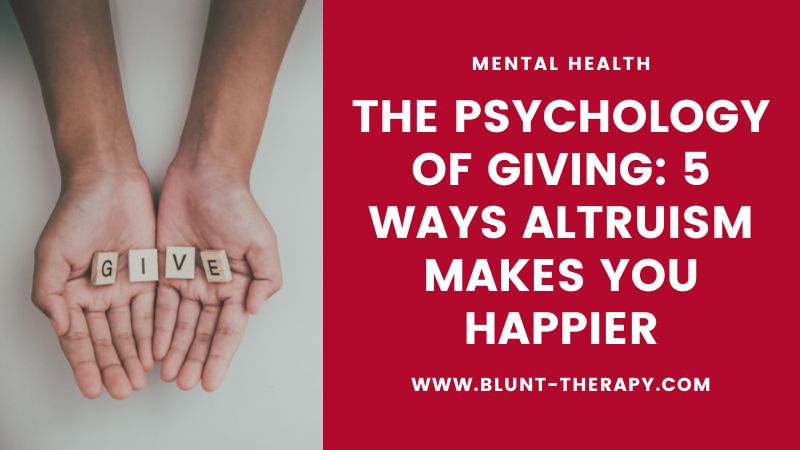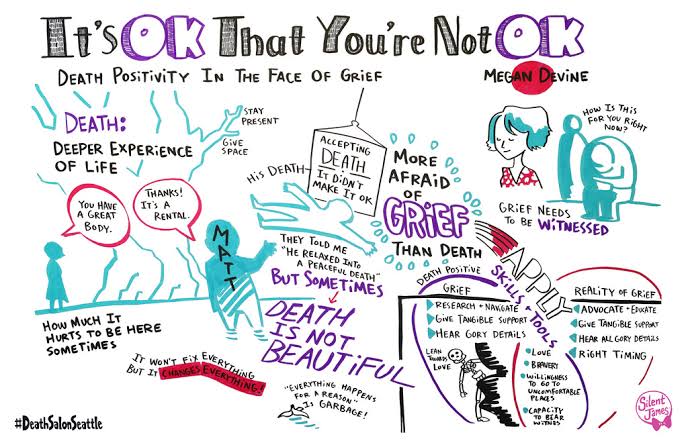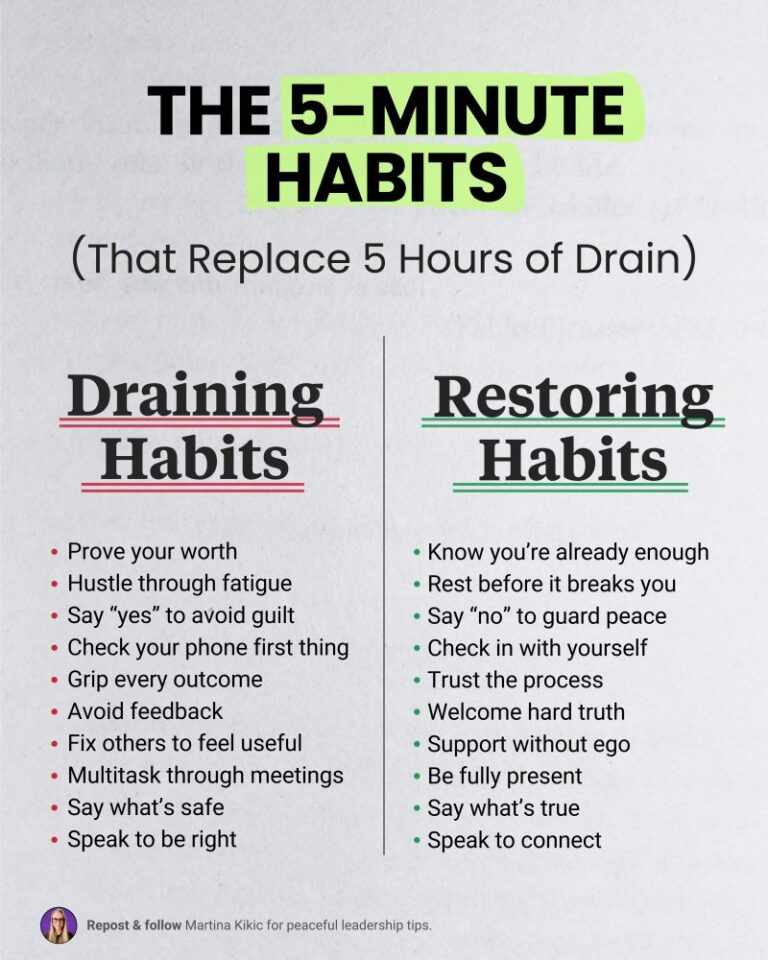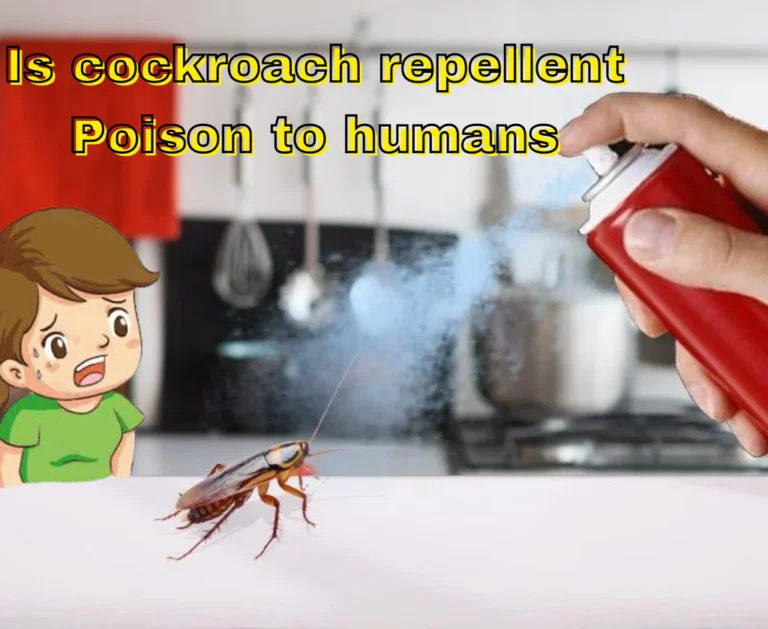
Did you know that helping others activates the same brain areas as receiving?
In a Harvard lab, a group of neuroscientists made a revealing discovery: when a person donates money to a social cause, their brain activates the same areas that light up when receiving a financial reward. This finding, published in the journal Nature , supports what academic Arthur C. Brooks has maintained for years: altruism is not only a moral virtue, it’s also a biological necessity. So, can giving make us happy?
Brooks, a professor at the Harvard Graduate School of Government and author of Love Your Enemies , has spent over a decade researching how generosity affects mental and emotional health. In a society that associates happiness with material success, his proposal sounds almost revolutionary: “give to heal.”
Why can giving make us happier? Science has answers.
1. The chemistry of well-being
Studies cited by Brooks show that acts of generosity activate brain regions related to reward. When you donate blood, support a stranger, or volunteer, the brain releases endorphins and dopamine, generating what has been called the “helper’s high” ( Journal of Happiness Studies , 2018).
Furthermore, a significant reduction in symptoms of depression has been observed among those who regularly practice altruism ( American Journal of Public Health ), with a decrease of up to 30% in emotional distress.
2. The art of giving (and also receiving)
Brooks cautions that generosity must be sustainable and reciprocal. Asking for help is also a way to strengthen emotional bonds. In fact, people who maintain balanced relationships—where support is both given and received—report higher levels of satisfaction and longer-lasting relationships ( Psychological Science ).
3. Antidote to loneliness
According to Harvard University, chronic loneliness can be as detrimental to health as smoking 15 cigarettes a day. In contrast, small altruistic acts—from sending a message of support to sharing knowledge—increase the production of oxytocin, the hormone of social connection and trust.
How to integrate altruism into your daily life
1. Apply the 5% rule.
Dedicate 5% of your time or income to helping others. This measure, proposed by Brooks, is enough to make an impact without causing emotional exhaustion.
2. Practice invisible generosity
. Help without expecting recognition. Donating anonymously or supporting without telling anyone activates brain centers of deeper satisfaction ( Nature Human Behavior , 2022).
3. Practice active gratitude.
Write a weekly letter thanking someone. This simple exercise, recommended by Brooks, can reprogram your mind toward a more optimistic outlook on life.
Conclusion: A daily dose of altruism
In a world where hyperconnectivity coexists with emotional isolation, giving can be the bridge between individual health and collective well-being. Science confirms it and experience supports it: helping others also means helping ourselves.
Try it today. Giving for happiness is a small gesture that can be the beginning of a big change.







